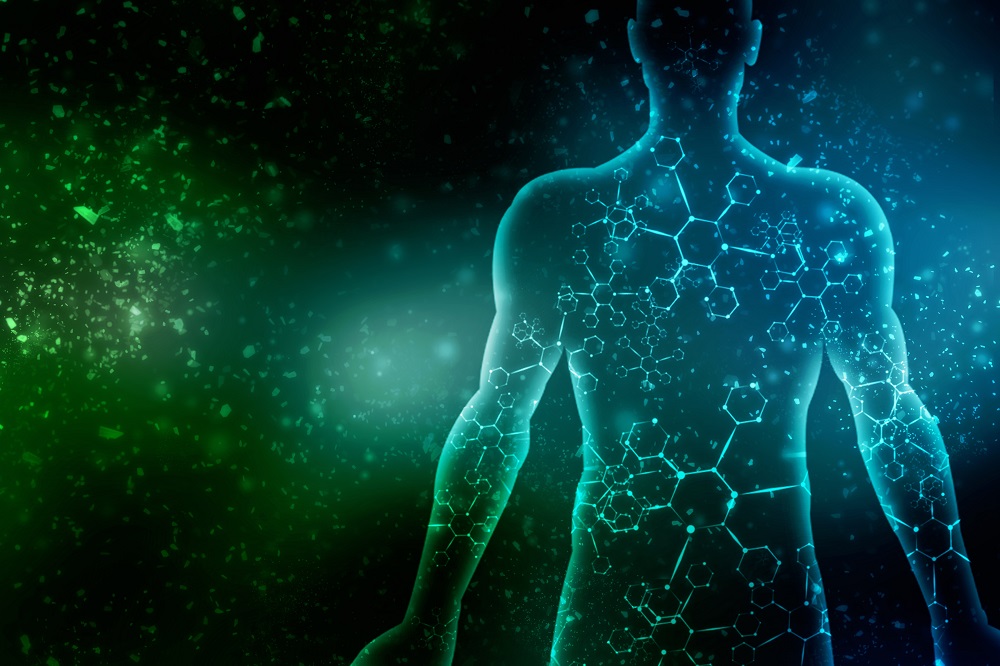NSC213: Human Physiology1
INTRODUCTION
Congratulation on the successful completion of the first-year courses. Welcome to the second-year courses. NSC 213 – Human Anatomy II. This is a second-year course and runs at the same time as first-semester courses with Human Anatomy I (NSC 205). This part will cover the gross anatomy, embryology, and histology of the kidney, ureter, urinary bladder, and male and female urethra. The gross anatomy and clinical relevance of endocrine organs such as pituitary, thyroid, parathyroid, pancreas, gonads and adrenal glands. Caring for patients always requires a sound understanding of the normal structure of the body organs to know what could be wrong and how such manifests.
The aim of this course is to further your understanding of the structural makeup of two (2) of the life-supporting systems as such prepares you to apply your knowledge in planning to meet the care needs of your body and that of your clients as such may relate to normal and abnormal changes in the various organs that make up the systems.
Basic assessments were done before planning general and nursing care usually considers the various organs that function within systems and as interrelated systems. You will be required to be able to describe these organs and discuss their clinical correlates to the knowledge of the body parts. You will enjoy drawing and labeling, as well as seeing some of these organs in real life. You will also see the variations in normal and diseased organs as you are encouraged to participate in all laboratory assignments


